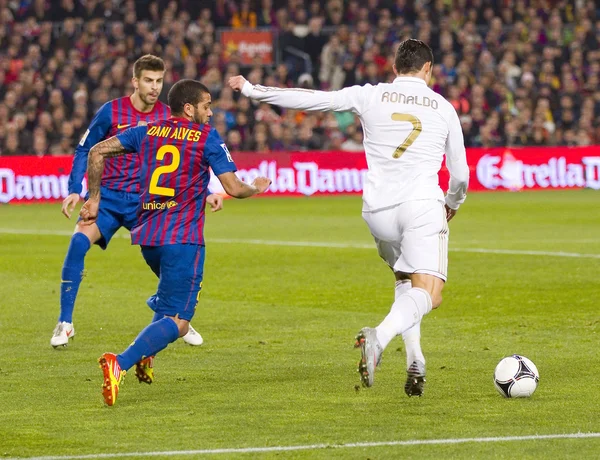Art and Science of Football Tactics
Football, often dubbed “the beautiful game,” is beloved for its spontaneity, skill, and passion. However, beyond the elegance and drama lies a world of intricate strategy that separates champions from challengers. Football tactics, a blend of art and science, have evolved over time, shaped by legendary managers and iconic matches. Here, we explore the principles, formations, and modern innovations that underpin the game.
- The Foundation of Football Tactic
- Classic Formations and Their Significance
- 4-4-2: The Traditional Powerhouse
- 3-5-2: Fluid and Compact
- 4-3-3: The Attack-Minded Setup
- The Influence of Legendary Tacticians
- Johan Cruyff and Total Football
- Pep Guardiola and the Art of Possession
- José Mourinho’s Pragmatism
- The Evolution to Modern Tactical Trends
- High Press and Gegenpressing
- False Nine and Fluid Frontlines
- Overlapping Center-Backs
- The Role of Technology and Analytics
